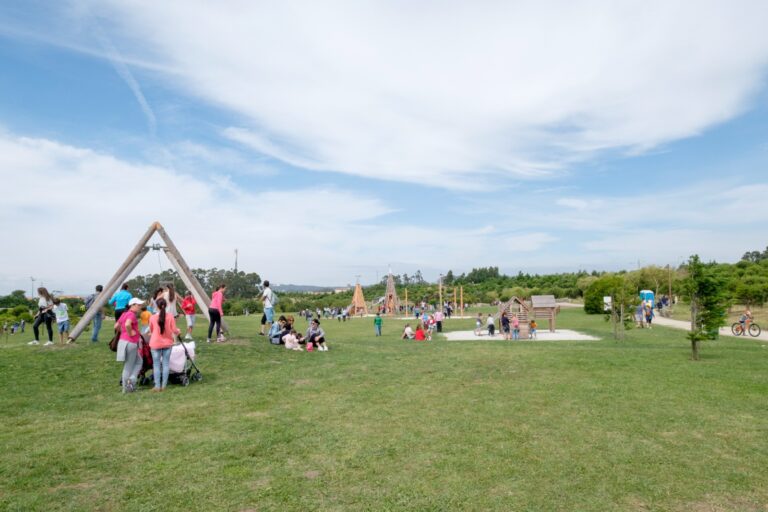The Terroso City is considered a Property of Public Interest.
This elevation of 153 meters in altitude records a long period of occupation (8th century BC – 3rd century AD) and has already provided important elements of study for the history of the Castro people and the Roman establishment.
The fortified settlement shows a defensive organization consisting of three lines of walls. The central platform of Ctividade was surrounded by a strong defensive system consisting of two parallel walls built with large blocks and medium-sized stones without mortar, with the external faces of a regularized device and the gap between them filled with gravel.
The other two defensive lines are recognizable by differences in level and outcrops of walls. On the central platform, the urban planning shows an axial paved street through the center of the town, appearing to intersect and thus forming four large units. Each of these quadrants is divided into family centers made up of several buildings around a courtyard that is almost always paved.
The first intervention took place at the beginning of the 20th century on the initiative of Rocha Peixoto and, since 1980, archaeological work has been carried out towards its excavation, study and valorization.
Next to Ctividade de Terroso is located the Núcleo Interpretativo, but it is at Municipal Museum where the most significant collection resulting from archaeological work is on display.

 Póvoa de Varzim, Northern Portugal
Póvoa de Varzim, Northern Portugal


 Cividade do Terroso
Cividade do Terroso 




